Kayaking in Sea of Cortez: Salsepuedes (“Get out if you can!”) – Day 12
I was hoping for a calm night as I slept on the narrow beach beneath the steep red cliff face near Ensenada Blanca, but no such luck. Always feared when kayaking in Sea of Cortez, gusty winds came up about midnight, and I had to go collect rocks in the middle of the night to pile on my tent ropes so the tent would not blow away. I awoke early to find it was still windy. Just before dawn I spotted something on the horizon. With my binoculars I saw whales blowing several miles away. These were not the wimpy blows of a California grey whale, but great geysers that shot straight up. These were huge finback whales, the second largest animal on earth, after the blue whale. The sun seemed to rise so fast that within ten minutes I could look directly under the sun at the horizon with the binoculars and not get any sun glare. Later, I spotted a whale flashing its tail in the air as it was diving
After dawn I waited until the sun’s heat took hold, hoping the heat of the morning would make the wind settle down. While waiting, I took a walk for about an hour to the south end of the beach where there were pink chalky cliffs. These cliffs were only about 50-100 feet high and were highly eroded with contorted formations at the base. The bottom of each cliff was red where the spray from the sea wets it, and then it’s pink up to the top of the cliff.
I climbed up a hill to check out how the wind looked way offshore. Here in this bay, the wind curved around and appeared to come from the north, but the wind offshore seemed to be mostly from the south. I watched for the whales to blow, and I saw that their watery breath was also blown from the south, so this was not the dreaded north wind. From the height of the hill I was on I could see the coastline a few miles ahead I decided it was safe to launch and get going right away.
I was the water by about 9 AM. It was much cooler today, with high clouds to the south and the sun hardly came through. From my vantage point on the hill the shoreline features looked very close, but it took almost an hour just to get past the end of the long beach I had camped on. After two hours I passed around a massive rocky point, which I think is called Punta Bluff. Right at the point, I spotted about ten sea lions sleeping a short distance offshore and about four or five more sleeping closer to shore. While sleeping at sea, they float with their head down in the water, with one fore-flipper and one hind-flipper sticking straight up, and they raise their head every few minutes or so to breathe. The males were immense, easily 800 pounds or more. I had to go between them, and I wasn’t sure how they might react if I startled them as I passed by. I’ve seen sleeping sea lions get startled and when they awake there is a great reaction, leaping right out of the water as they attempt to flee. It wouldn’t take much for one of these startled sea lions to swamp my kayak. I went about 40-50 feet outside of the smaller group and made my way through very quietly, but quickly.
After about three hours I landed on a small beach for a break. There were a lot of insects here, a sphinx month checking out my yellow wind breaker, bees in my Babe Ruth wrappers, a dragon fly, and some mosquitoes. All these insects would need fresh water to breed and survive so I thought there must be some water nearby up a nearby.
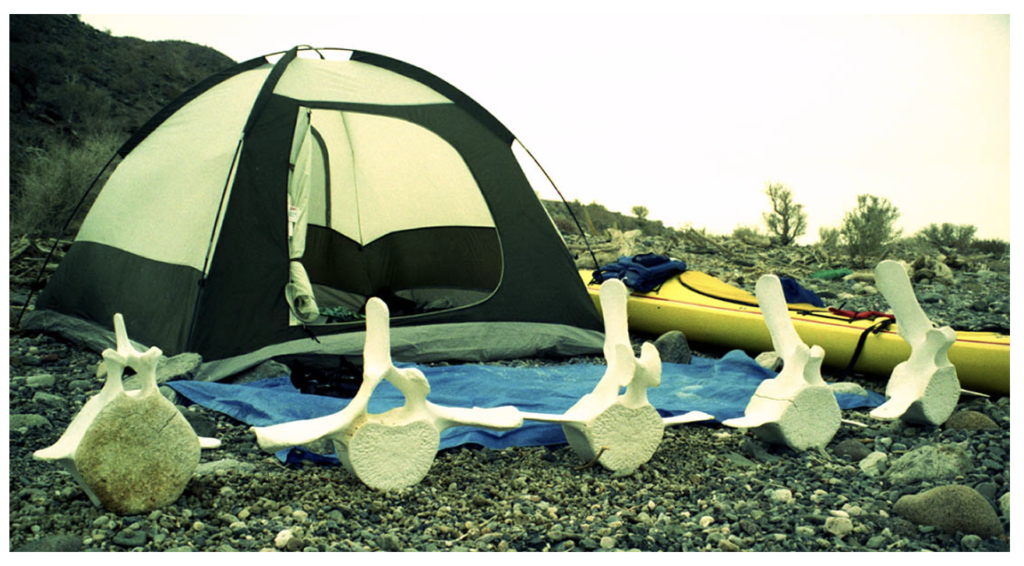
After 3 PM, I landed at Punta La Asamblea (I think). Big rolling surf was crashing against the beach and I had to pass up a very long section of beach that was too rough to land. This beach has a small point where the breakers were losing a lot of their energy and I landed in the shadow of the surf, just around the corner. It was still tricky. I was too tired to go beachcombing, but there were whale bones everywhere, so I had to go collect some to decorate my camp. I lined up about ten large vertebrae along the front of my camp. This beach was also covered with driftwood because it is at the end of a large valley with lots of elephant trees and other vegetation. The volcanic origin of this area was evident because there was a lot of pink and white pumice that formed windrows of the separate colors along the crest of the beach.
Punta La Asamblea is very wide fluvial plane created by a drainage called Salsepuedes (which means, “Get out if you can!”).
Next: Day 13 – This Should be “Baja National Park”
Please comment on Two Miles to the Horizon
Back to the beginning of Two Miles to the Horizon


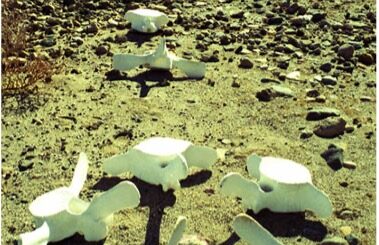
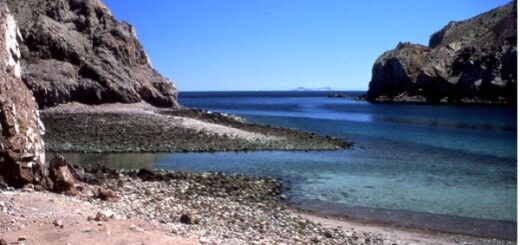

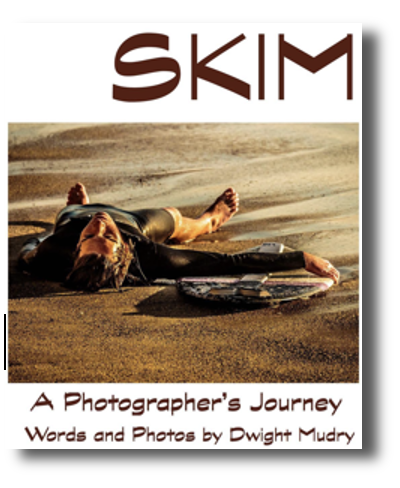
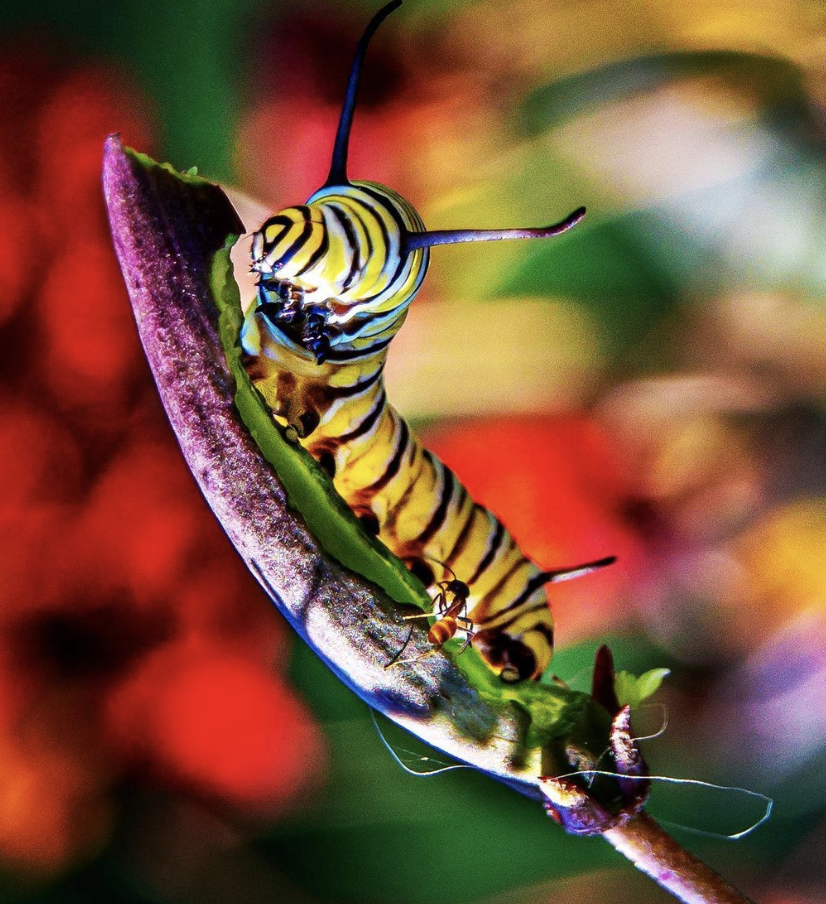
2 Responses
[…] 12 – Salsepuedes (“Get out if you […]
[…] 12- Salsepuedes (“Get out if you […]